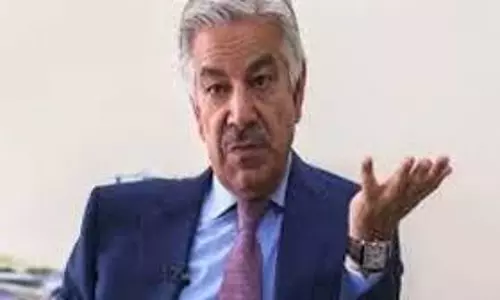
Amazon rivers reach historic lows amid worst drought on record
text_fieldsThe worst drought in recorded history has caused water levels in the Amazon basin to drop to unprecedented lows, with once-navigable rivers drying up and riverbeds exposed.
In Tabatinga, a Brazilian town bordering Colombia, the Solimões River - one of the Amazon's primary tributaries - has plummeted to its lowest level ever. The Solimões, which originates in the Peruvian Andes, is a crucial waterway, but its drastic decline highlights the severity of the ongoing drought.
In Tefé, downstream from Tabatinga, a branch of the Solimões has completely dried up, leaving behind mounds of sand where water once flowed. The nearby Lake Tefé, home to endangered pink river dolphins, has also dried significantly, worsening conditions for the vulnerable species.
Last year, over 200 dolphins died in the lake during a similar drought, and the current situation raises concerns for their survival.
Greenpeace spokesperson Romulo Batista described this year as "critical," with several months surpassing previous drought records.
The Amazon is experiencing its second consecutive year of severe drought, leading to wildfires across South America and blanketing cities in smoke. Batista emphasized that the impacts of climate change are already here and more intense than anticipated.
In Tabatinga, the Solimões was recorded at 4.25 meters below average in early September. Further downriver in Tefé, the river was 2.92 meters below last year's levels and is expected to drop even further. In Manaus, the largest city in the Amazon, the Rio Negro's water level is nearing the record low it reached in October last year.
Indigenous leader Kambeba highlighted the worsening conditions, noting that the drought has arrived earlier and with greater intensity than in previous years, underscoring the deepening environmental crisis.






















